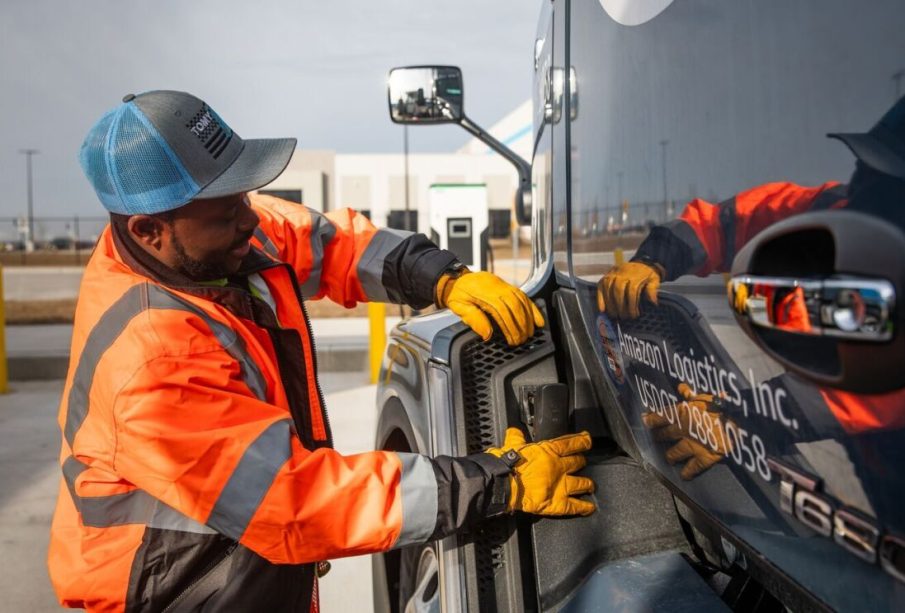CDL Training That Leads Straight to Jobs

Why Job-Focused CDL Training Matters
Training only works if it leads to employment. Plenty of programs teach the basics, but not all of them prepare you for the pressures of real commercial driving or help you step directly into a job afterward. Employers want drivers who already understand safety, control, inspection routines, and regulatory requirements. A program built around those expectations gives you a clear advantage the moment you graduate.
What Makes a Program Lead Directly to Work
Strong Skill Development
Programs that get students hired emphasize hands-on practice. You spend real time in the truck—backing, shifting, turning, and handling real traffic. Tasks like alley docking or tight-space maneuvering are repeated until they become predictable instead of stressful. This repetition produces the calm, consistent control that employers trust.
Comprehensive Safety Training
A training path that leads to a job always builds safety habits early. You learn how to read traffic, anticipate hazards, manage speed on grades, and keep proper following distance. These habits aren’t just for passing a test. Carriers see them as proof you won’t create unnecessary risk on the road.
Pre-Trip Inspection Mastery
Nothing sinks new drivers faster than poor inspection habits. Solid programs drill every inspection step so thoroughly that graduates can complete the routine without hesitation. Employers value this because equipment violations cost money, time, and credibility.
The Value of Real-World Preparation
Driving on Different Terrain
Job-ready CDL training includes more than yard practice. You need city driving, highway merging, hill control, lane changes, and nighttime or low-visibility exposure. These conditions prepare you for the unpredictability of commercial routes.
Understanding Federal Rules
Hours-of-service rules, weight regulations, log requirements, and cargo securement standards matter just as much as driving technique. A driver who understands compliance reduces legal and financial risk—something every employer cares about.
How Job Placement Works in Quality Programs
Carrier Relationships
Schools that consistently produce competent drivers naturally build strong ties with trucking companies. Those carriers frequently visit the school, conduct interviews, or recruit graduates directly. This pipeline shortens the time between finishing the program and receiving a job offer.
Career Support
Good programs help with applications, résumés, endorsements, and onboarding. They know employers expect clarity and professionalism from new drivers, so they guide students through those steps instead of leaving them to figure it out alone.
Transparent Results
A training program committed to employment shows its placement numbers openly. You should be able to see how many graduates pass the test, how many get hired, and how quickly they move into paid driving positions.
A Local Factor People Consider
In high-traffic regions, schools located near major freight corridors often offer more practical driving scenarios and stronger employer connections. This is a common reason students compare options for CDL training in Las Vegas, since programs in busy freight hubs typically provide exposure to real commercial traffic patterns and consistent job pipelines.
Final Takeaway
CDL training that leads straight to employment isn’t about flashy promises or quick timelines. It’s built on consistent practice, clear instruction, real-world conditions, and strong industry connections. When a program prioritizes safety habits, maneuver skill, inspection accuracy, and carrier relationships, graduates move smoothly from the classroom to an actual trucking job without unnecessary delays. Students who choose this type of training enter the industry with confidence—and employers notice.

















